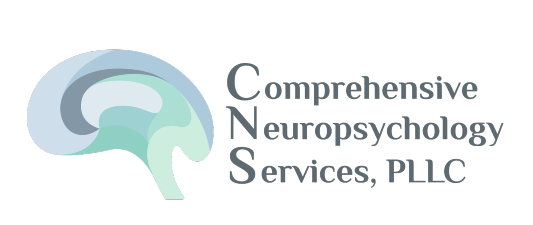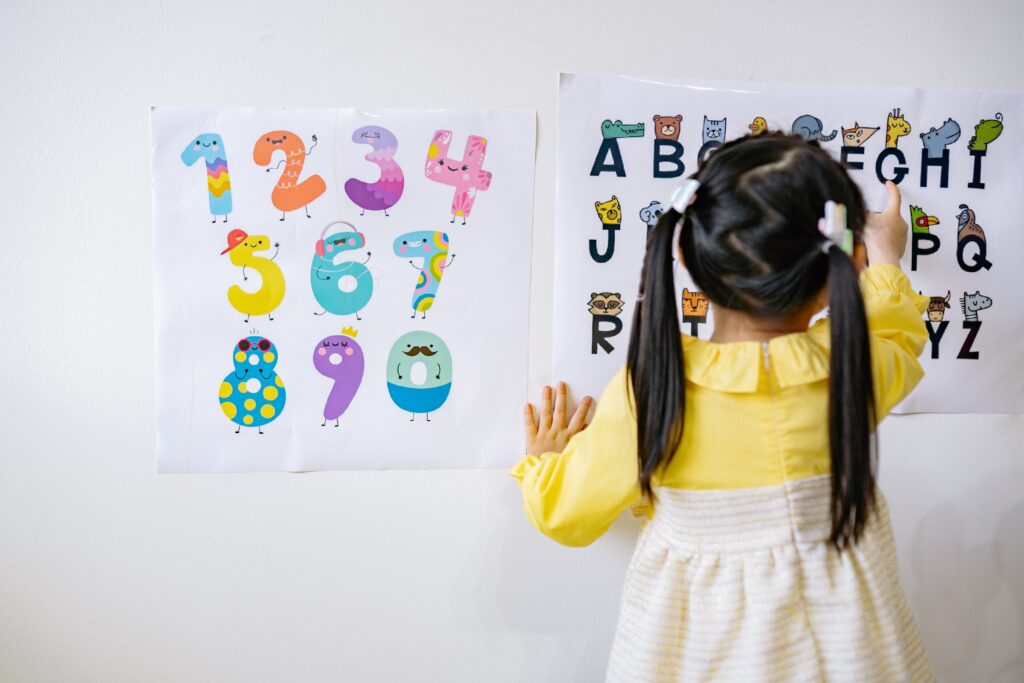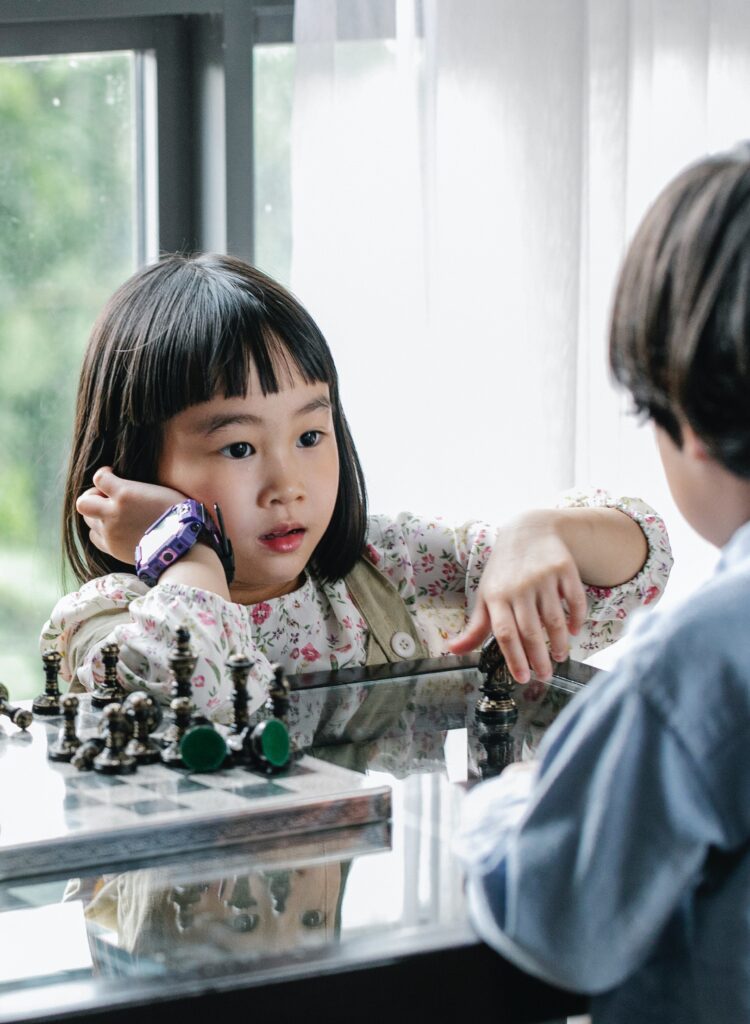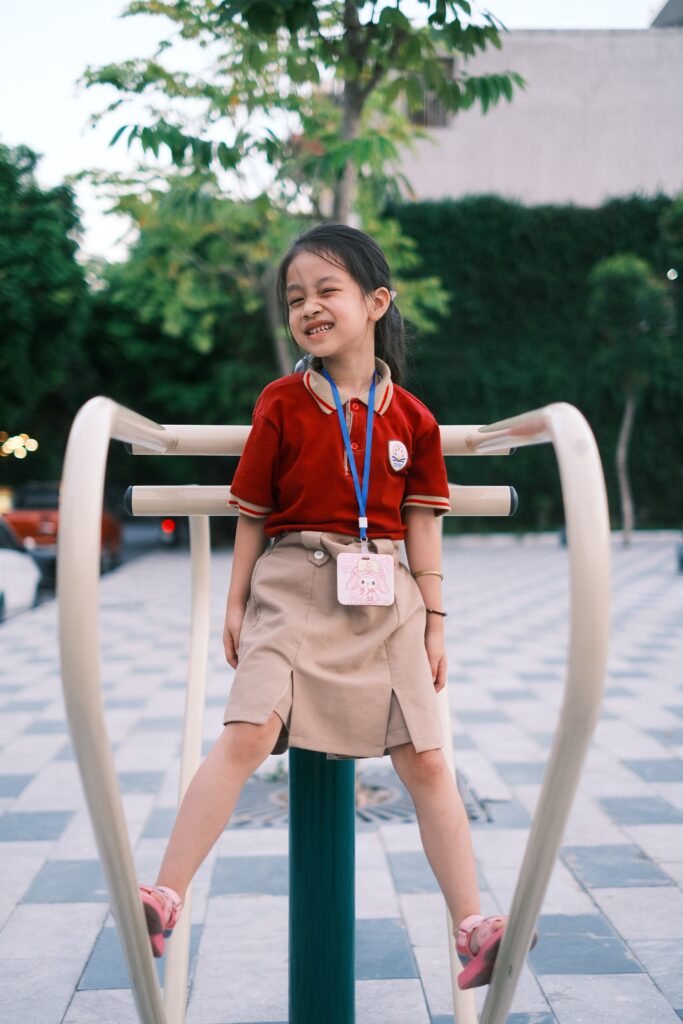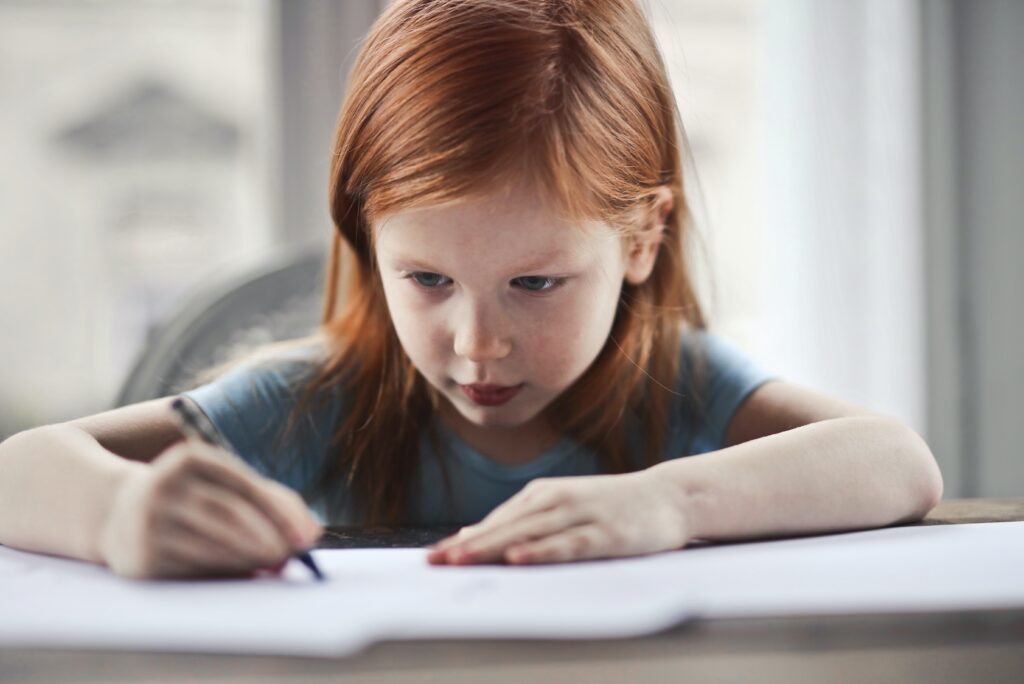
One of the most important ways to nurture a child’s ability to actualize their brain’s potential is to understand and nurture their strengths, while identifying and supporting their areas of weakness. We do this by providing a delicate balance of stimulation and challenge with structure and support. Individuals who are gifted and talented have these same needs because their brains are wired differently than the brains of others their age. Although definitions vary, both ‘gifted’ and ‘talented’ are broadly defined as having natural ability or an exceptional talent or skill.
What is gifted and talented? What does twice exceptional (2e) mean?
Gifted and talented individuals have exceptional abilities in one or more areas. Most often, people think of giftedness as academically gifted, though gifted can also be artistically, musically, or socially to name a few. Gifted and talented students have exceptionally high intellectual abilities and also academically perform, or have the capability to perform, notably above peers, but it does not end there. They often have an innate intellectual curiosity, natural creativity, ability to easily comprehend complex concepts, and internal motivation to understand the world around them.
At the same time, some who are gifted and talented also face learning and developmental challenges such as attention-deficit hyperactivity disorder (ADHD), learning disabilities, autism, or sensory processing issues. Individuals with these unique needs are called “twice exceptional” or “2e.” For both gifted and 2e children, the demands of day-to-day life and academic work can create frustration and restlessness, contributing to the high risk these children have for co-existing mood-related problems that include anxiety, depression, lack of self-esteem, and emotional dysregulation. Therefore, parents must prioritize their gifted or 2e child’s emotional and psychological well-being while also targeting their intellectual and academic abilities.
How do I know if my child should be screened for giftedness or twice exceptional (2e)?
Parents know their children best. At the same time, gifted and 2e children oftentimes get overlooked because they may not show their skills and abilities in settings like school. Their strong intellectual abilities and academic potential may be hidden behind frustration with school work, boredom in the classroom, oppositional behavior, or inattention and hyperactivity at school. For 2e children, the developmental learning, attention, or social disorder may ‘mask’ the giftedness, making both difficult to identify.
Families should completed giftedness testing or evaluation if they suspect giftedness or 2e in their child. Schools may conduct brief sceeners or parents can pursue evaluations privately. Once children are identified, families can often work with their child’s school to ensure they receive the much-needed support. Support could involve enrichment through enrollment in a giftedness program or advanced academic placements. At the same time, 2e students may need testing for academic accommodations, the results of which can help align the child with targeted academic supports.
What is involved in testing for children who may be gifted or twice exceptional (2e)?
Testing for gifted and talented and twice exceptionality may involve:
- Cognitive testing
- Assessment of academic abilities
- Measures of executive functioning, attention, or memory
- Social and emotional measures
Importantly, there are no national or state-wide standards for identifying gifted and talented students. Instead, it is left up to individual school districts regarding how, and if, they provide support for gifted students. Based on their State of the States in Giftedness Education Report (2018-2019), The National Association for Gifted Children (NAGC) and The Council of State Directors of Prgrams for the Gifted (CSDPG) revealed nearly all states (44 of 50) had a formal definition of giftedness. Fewer states (38 of 50) have legal mandates to identify gifted and talented students.
What does programming for gifted and talented and 2e children include?
Gifted and talented students thrive when provided with specialized enrichment programs, and opportunities to engage their curiosity and creativity with their peers. Key research-based components of gifted programs include educational acceleration, or moving through the curriculum faster than peers, and ‘compacting,’ or condensing and streamlining the curriculum to avoid unnecessary repetition of previously learned material. Schools vary widely in their offerings for gifted and talented students, some of which depends on the age of the student. In addition to an accelerated curriculum, supplemental experiences or classes and out-of-district placements can be explored to ensure the child receives the best education for his or her needs.
